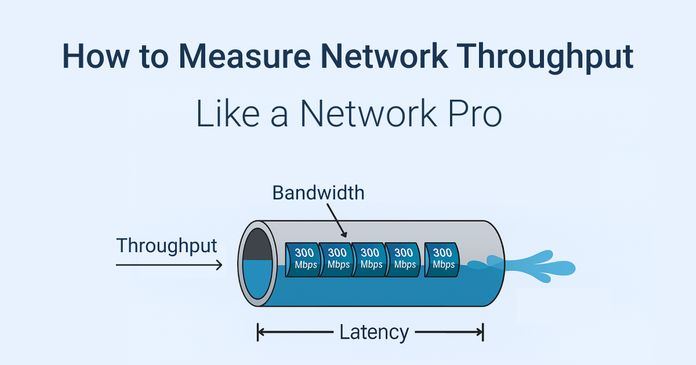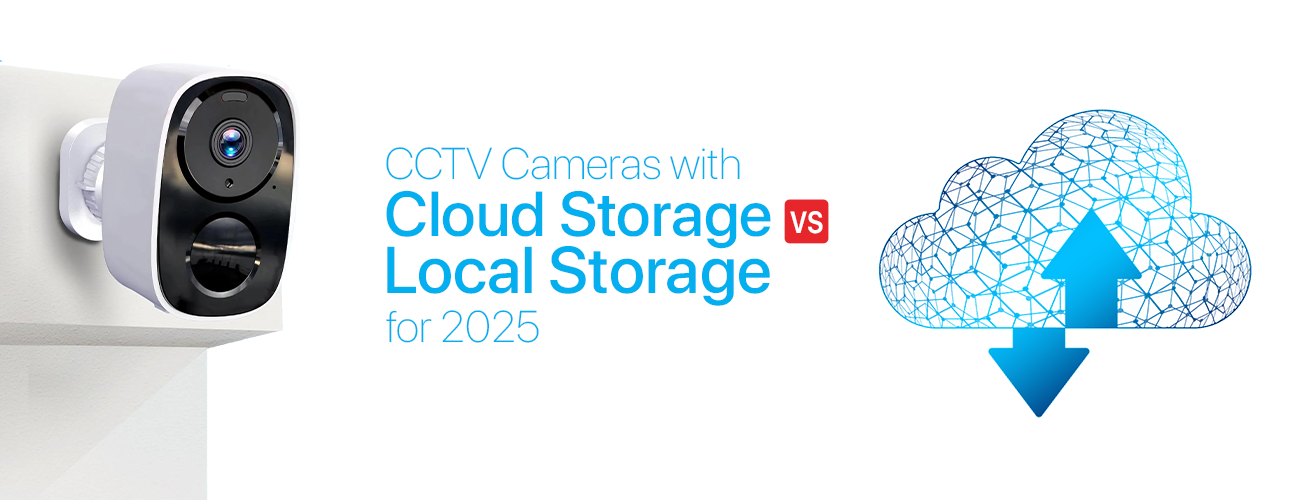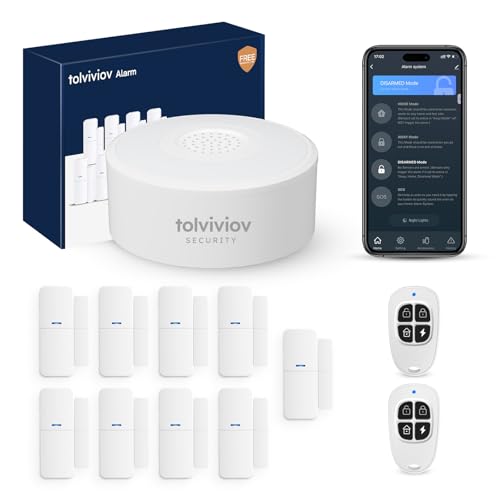Have you ever wondered why your video calls sometimes freeze or your downloads take forever? The secret often lies in something called Network Quality Indicators.
These little signals tell you how well your internet connection is performing. Understanding them can help you take control of your online experience, making sure your connection is fast, stable, and reliable. Keep reading, and you’ll discover how to spot these indicators, what they mean for you, and simple ways to improve your network quality right now.

Credit: obkio.com
Key Network Quality Metrics
Network quality is important for good internet and communication. Several metrics help measure how well a network works.
These metrics show how fast and stable your connection is. Understanding them helps improve network performance.
Latency And Its Impact
Latency is the time it takes for data to travel from one point to another. Lower latency means faster responses.
High latency can cause delays in video calls, gaming, and loading websites. It makes the experience slow and frustrating.
Packet Loss Explained
Packet loss happens when data packets do not reach their destination. This can cause missing information or errors.
It affects voice calls, video streaming, and file transfers. Even small packet loss can reduce network quality.
- Causes include network congestion and hardware problems
- It leads to choppy audio or video
- Packet loss reduces data accuracy
Jitter And Network Stability
Jitter measures the variation in packet delay over time. Low jitter means data arrives steadily.
High jitter causes uneven data flow. This results in poor call quality and video glitches.
- Jitter affects real-time applications the most
- Stable networks have low jitter
- It is important for smooth streaming and gaming
Bandwidth And Throughput
Bandwidth is the maximum data a network can handle at once. Throughput is the actual data sent successfully.
High bandwidth and throughput mean faster downloads and uploads. Low values cause slow network speeds.
| Metric | Definition | Effect |
|---|---|---|
| Bandwidth | Maximum data capacity | Limits speed |
| Throughput | Actual data sent | Shows real performance |

Credit: www.kentik.com
Tools For Measuring Network Quality
Network quality is important for smooth internet and communication. Many tools help measure how well a network works.
These tools check speed, delays, and errors. They help find problems and improve network performance.
Ping And Traceroute
Ping tests the time it takes for data to travel to a server and back. It shows if the network is slow or fast.
Traceroute shows the path data takes through the network. It helps find where delays or problems happen.
- Ping measures round-trip time in milliseconds
- Traceroute lists each step data passes through
- Both tools help spot network delays and failures
Speed Test Applications
Speed test apps check how fast your internet uploads and downloads data. They measure real connection speed.
These apps show numbers for download speed, upload speed, and ping. They help users understand network quality.
- Measure download and upload speeds in Mbps
- Show ping or latency in milliseconds
- Easy to use on computers and phones
Network Analyzers
Network analyzers capture and inspect data moving through a network. They help find errors and security issues.
These tools show detailed information about packets and devices. They are useful for network troubleshooting and maintenance.
- Capture network packets in real time
- Analyze traffic and find network problems
- Identify devices and data flow patterns
Real-time Monitoring Systems
Real-time monitoring systems watch network performance continuously. They alert users about issues fast.
These systems track uptime, speed, and errors. They help keep the network stable and reliable.
- Monitor network health 24/7
- Send alerts for faults or slowdowns
- Provide reports for network trends
Factors Affecting Network Performance
Network quality depends on many factors. These factors can slow down or improve the connection speed.
Understanding these factors helps in managing and fixing network problems quickly.
Hardware Limitations
Old or low-quality hardware can reduce network speed. Routers, switches, and cables affect data flow.
Using outdated devices may cause network delays and packet loss.
- Slow processors in routers limit data handling
- Damaged cables cause weak signals
- Low memory on devices can slow connections
Network Congestion
Too many users on the same network reduce its speed. Congestion causes delays and timeouts.
High traffic means data packets wait longer to be sent or received.
- Peak hours have more users and slower speeds
- Large file transfers increase network load
- Streaming and gaming use a lot of bandwidth
Interference And Signal Strength
Wireless networks face problems from interference. Walls, devices, and other signals reduce signal strength.
Low signal strength leads to slow speeds and dropped connections.
- Microwaves and cordless phones cause interference
- Distance from router weakens the signal
- Physical barriers like walls block signals
Configuration And Protocols
Wrong network settings affect performance. Protocols control how data moves through the network.
Proper configuration ensures smooth and fast data transfer.
- Incorrect IP settings cause connection problems
- Old protocols may not support high speeds
- Security settings can slow down the network
Improving Network Quality
Network quality is important for fast and reliable internet. Good network quality helps devices connect smoothly.
Improving network quality means fixing common problems like slow speed and lost data. This makes online activities better.
Optimizing Bandwidth Usage
Bandwidth is the maximum data a network can carry. Using bandwidth well stops slowdowns.
You can optimize bandwidth by limiting heavy downloads and closing unused apps. This frees space for important data.
- Limit video streaming quality
- Close background apps using data
- Schedule large downloads for off-peak times
- Use data compression tools
Reducing Latency
Latency is the delay before data moves through the network. Low latency improves real-time tasks like calls and games.
To reduce latency, use wired connections and pick servers close to you. Avoid network congestion by limiting devices.
- Use Ethernet cables instead of Wi-Fi
- Choose servers near your location
- Limit the number of devices on the network
- Restart routers regularly to clear congestion
Minimizing Packet Loss
Packet loss happens when data packets do not reach their destination. This causes slow or broken connections.
Fix packet loss by checking cables and updating network devices. Avoid interference and keep firmware updated.
- Check and replace damaged cables
- Keep network drivers and firmware updated
- Reduce wireless interference from other devices
- Use quality network hardware
Enhancing Signal Quality
Signal quality affects how well devices connect to the network. Strong signals give faster and stable connections.
Improve signal quality by placing routers in open spaces. Avoid walls and metal objects that block signals.
- Place routers in central, open areas
- Avoid obstacles like walls and large furniture
- Use Wi-Fi extenders for large areas
- Choose routers with strong antennas
Network Quality For Different Applications
Network quality is important for many apps. It affects how well each app works.
Different apps need different network features. Some need fast speed, others need low delay.
Voip And Video Conferencing
VoIP and video calls need low delay and stable connection. High delay causes echo and talking over each other.
Packet loss can cause broken voices or frozen video. Good bandwidth helps keep clear video quality.
- Low latency under 150 ms
- Minimal packet loss
- Stable upload and download speeds
Online Gaming
Online games need fast response times. High delay causes lag and makes games hard to play.
Packet loss can cause glitches or disconnections. Good upload speed helps players send moves quickly.
- Latency below 100 ms
- Consistent connection without drops
- Good upload and download speeds
Streaming Media
Streaming needs steady bandwidth. Slow speed causes video to buffer and pause often.
Low packet loss keeps video smooth. Some delay is okay but should not be very long.
- High download speed
- Low packet loss
- Moderate latency
Cloud Services
Cloud apps need reliable and fast networks. Slow networks make saving or loading files slow.
Good upload speed helps send data to the cloud. Stable connection avoids errors and lost files.
- High upload and download speeds
- Stable connection
- Low packet loss
Future Trends In Network Quality
Network quality is changing quickly as new technology arrives. This affects how fast and reliable connections will be.
We will explore key trends that shape network quality in the coming years.
5g And Beyond
5G networks offer faster speeds and lower delays than before. They support more devices at the same time.
Future networks like 6G will improve coverage and energy use. They will bring new services like holograms and smart cities.
- Higher speed for video and games
- Better coverage in rural areas
- Lower power use for devices
- Support for new technologies
Ai-driven Network Management
Artificial intelligence helps manage networks by predicting issues before they happen. It adjusts settings to keep quality high.
AI can analyze large data fast to improve network performance and fix problems quickly without human help.
- Predict network failures
- Optimize traffic flow
- Automate repairs
- Improve user experience
Edge Computing Impact
Edge computing moves data processing closer to users. This lowers delay and reduces network load.
Devices can get faster responses and use less bandwidth. This helps with smart devices and real-time apps.
- Faster response times
- Less data sent to the cloud
- Better support for IoT devices
- Improved privacy and security
Emerging Quality Metrics
New ways to measure network quality focus on user experience and real-time data. These metrics go beyond speed and delay.
Metrics include reliability, energy use, and how well the network handles many devices at once.
- Reliability under heavy load
- Energy efficiency of networks
- Quality for video and voice calls
- User satisfaction scores
Credit: www.researchgate.net
Frequently Asked Questions
What Are Network Quality Indicators?
Network quality indicators measure the performance and reliability of a network. These indicators include latency, jitter, packet loss, and throughput. They help in assessing how effectively a network supports services and applications. Monitoring these metrics ensures optimal network performance and user satisfaction.
Why Is Latency Important In Network Quality?
Latency measures the time it takes for data to travel across a network. Low latency is crucial for real-time applications like video conferencing and online gaming. High latency can cause delays, affecting user experience. Monitoring latency helps in maintaining efficient network performance and enhancing user interactions.
How Does Jitter Affect Network Performance?
Jitter refers to the variation in time between data packet arrivals. High jitter can disrupt real-time applications such as VoIP and video streaming. It results in poor audio and video quality. Monitoring jitter ensures stable and smooth data transmission, improving overall network performance.
What Role Does Packet Loss Play In Networking?
Packet loss occurs when data packets fail to reach their destination. It can significantly affect network performance and application reliability. High packet loss leads to retransmissions, reducing network efficiency. Monitoring packet loss helps in identifying network issues and maintaining smooth data flow.
Conclusion
Network quality indicators help measure how well a network works. They show speed, reliability, and connection strength. Knowing these indicators helps users and companies improve service. Good network quality means fewer drops and faster data transfer. Always check these signs to avoid slow or lost connections.
Clear networks make work and play easier. Understanding these basics keeps you connected and satisfied. Keep an eye on network quality for the best experience. Simple steps lead to better online time.
18 min read





